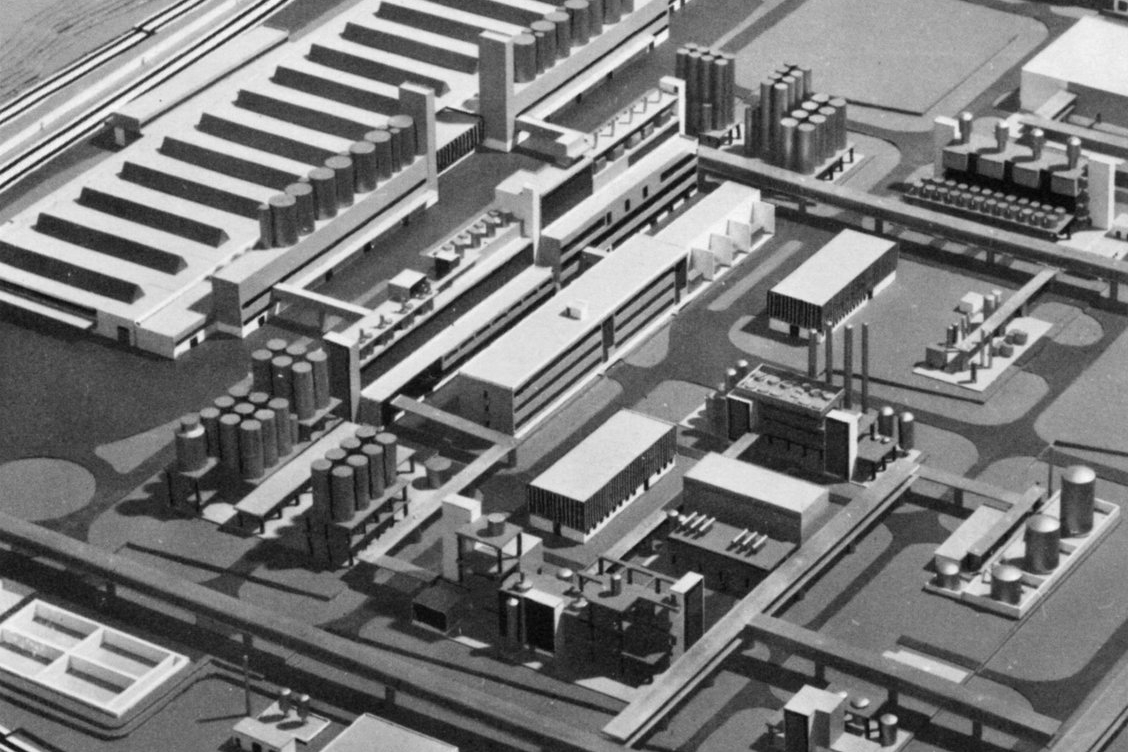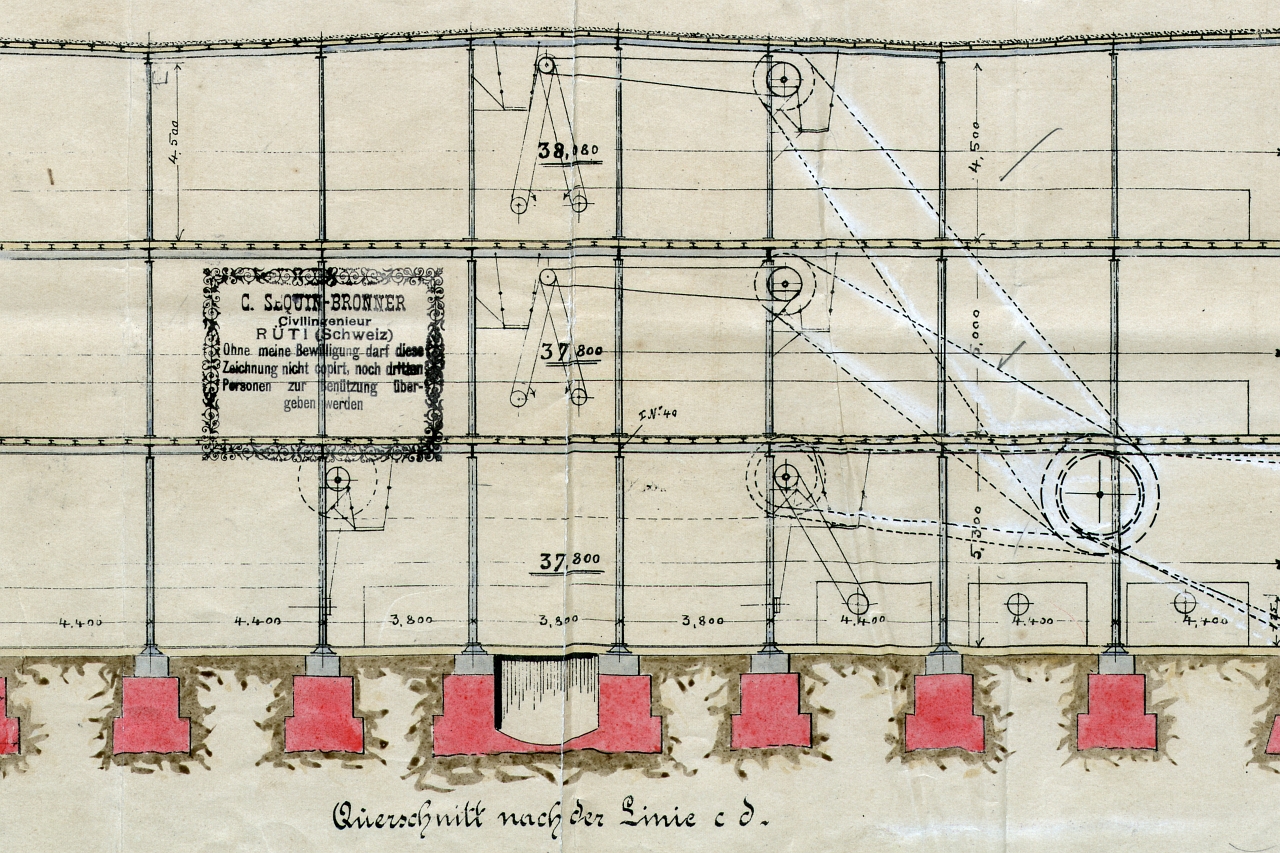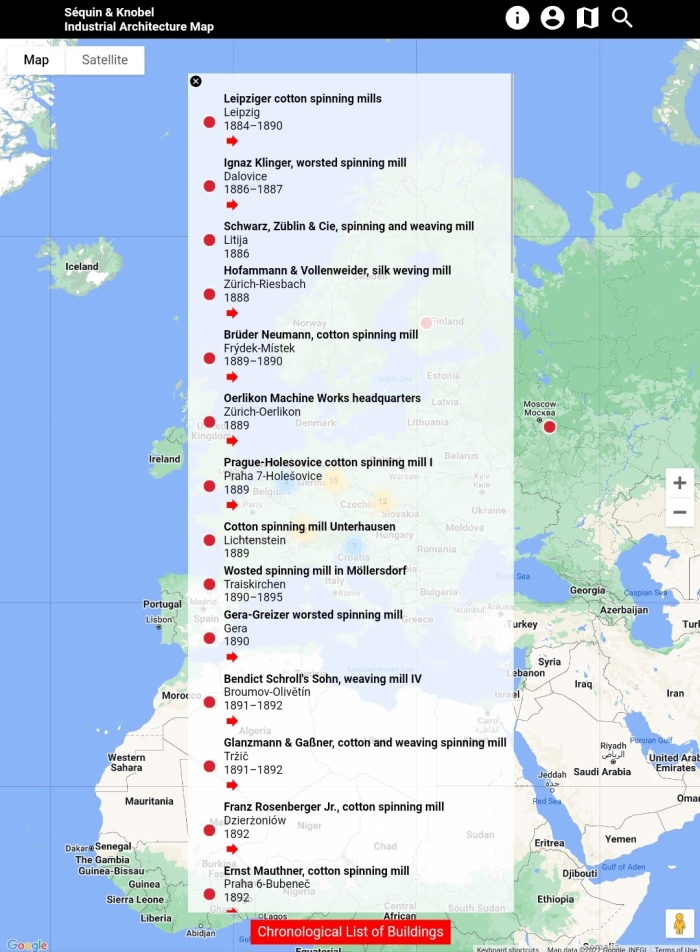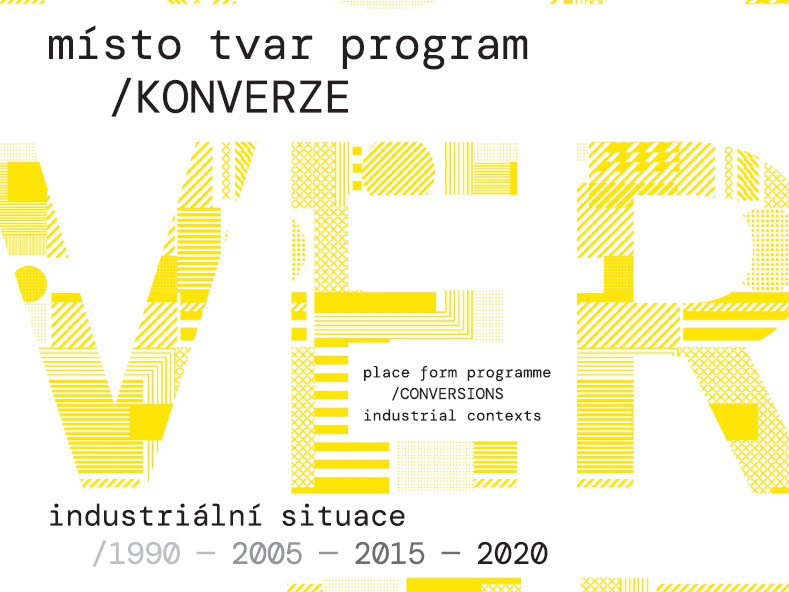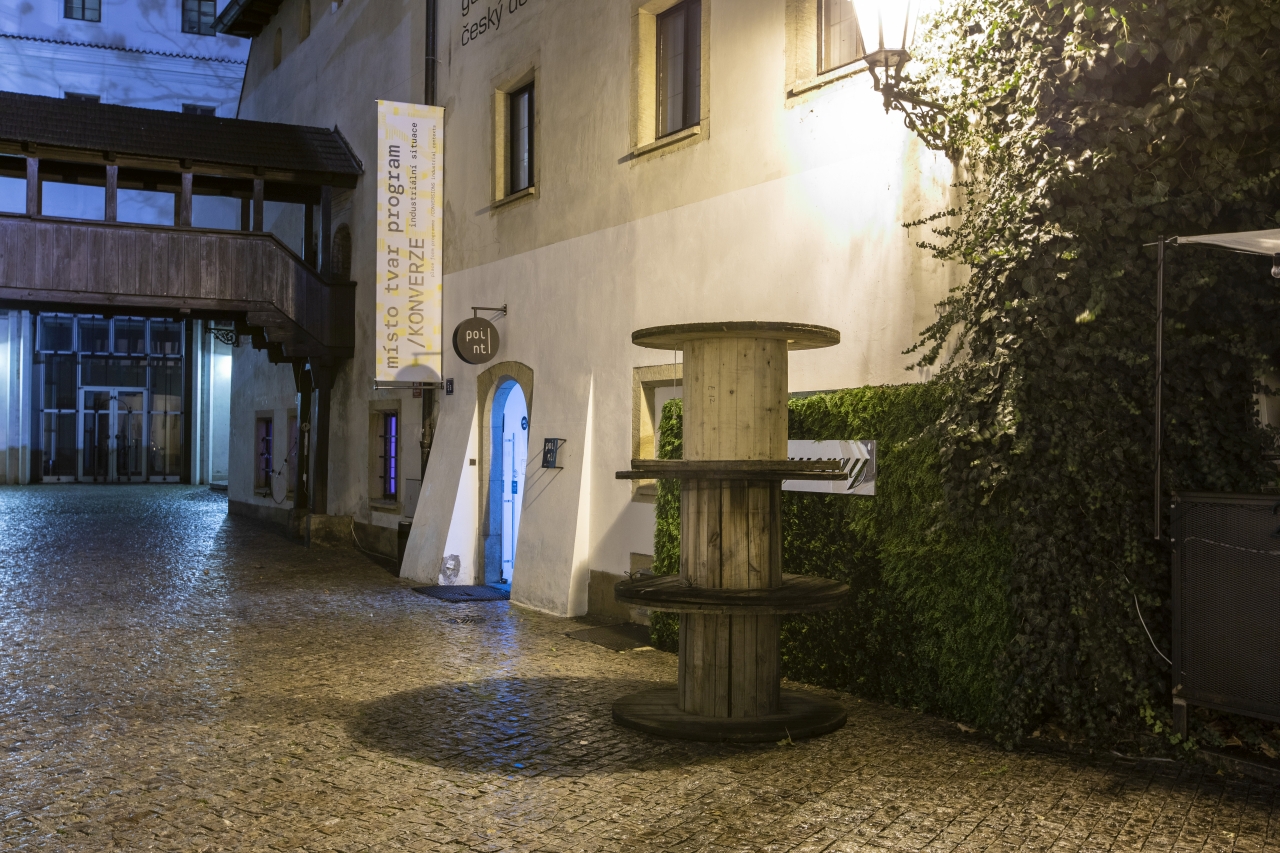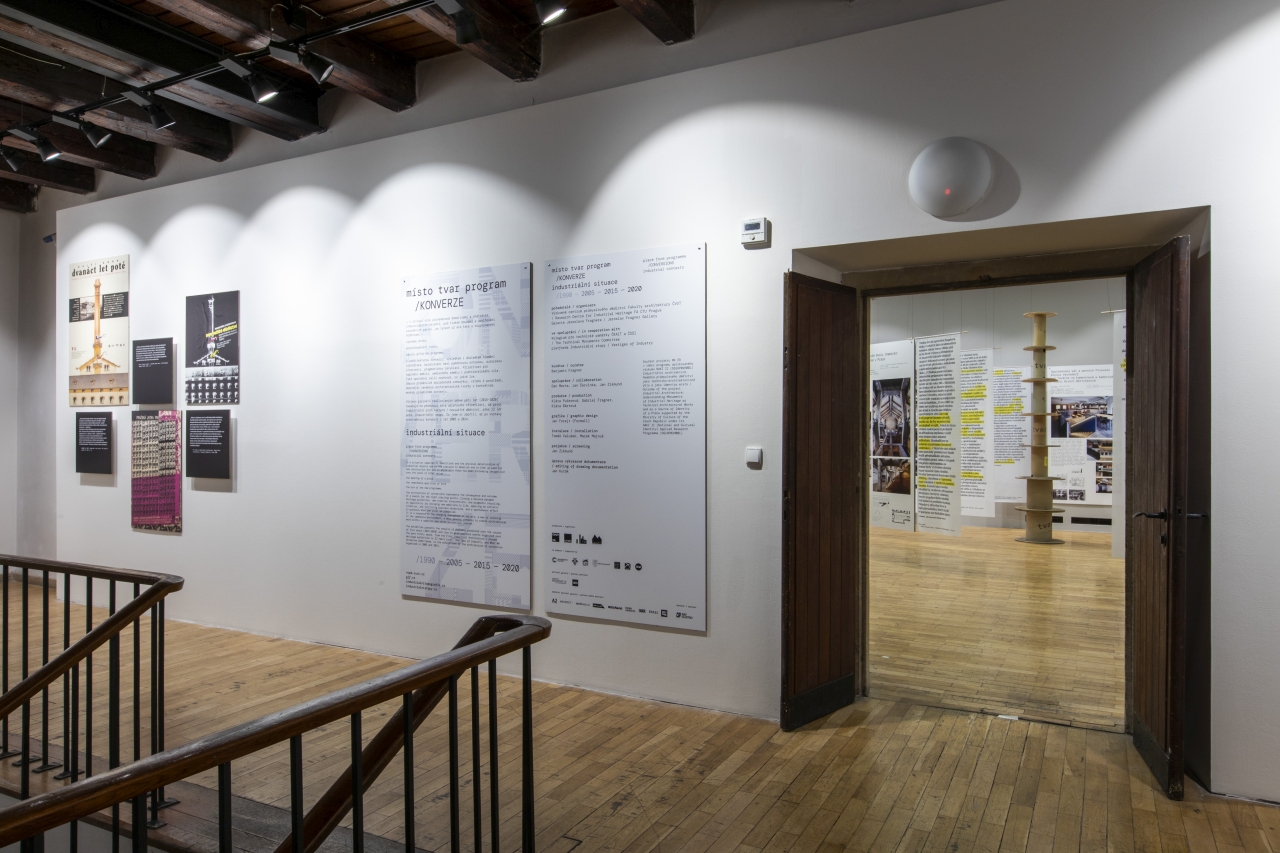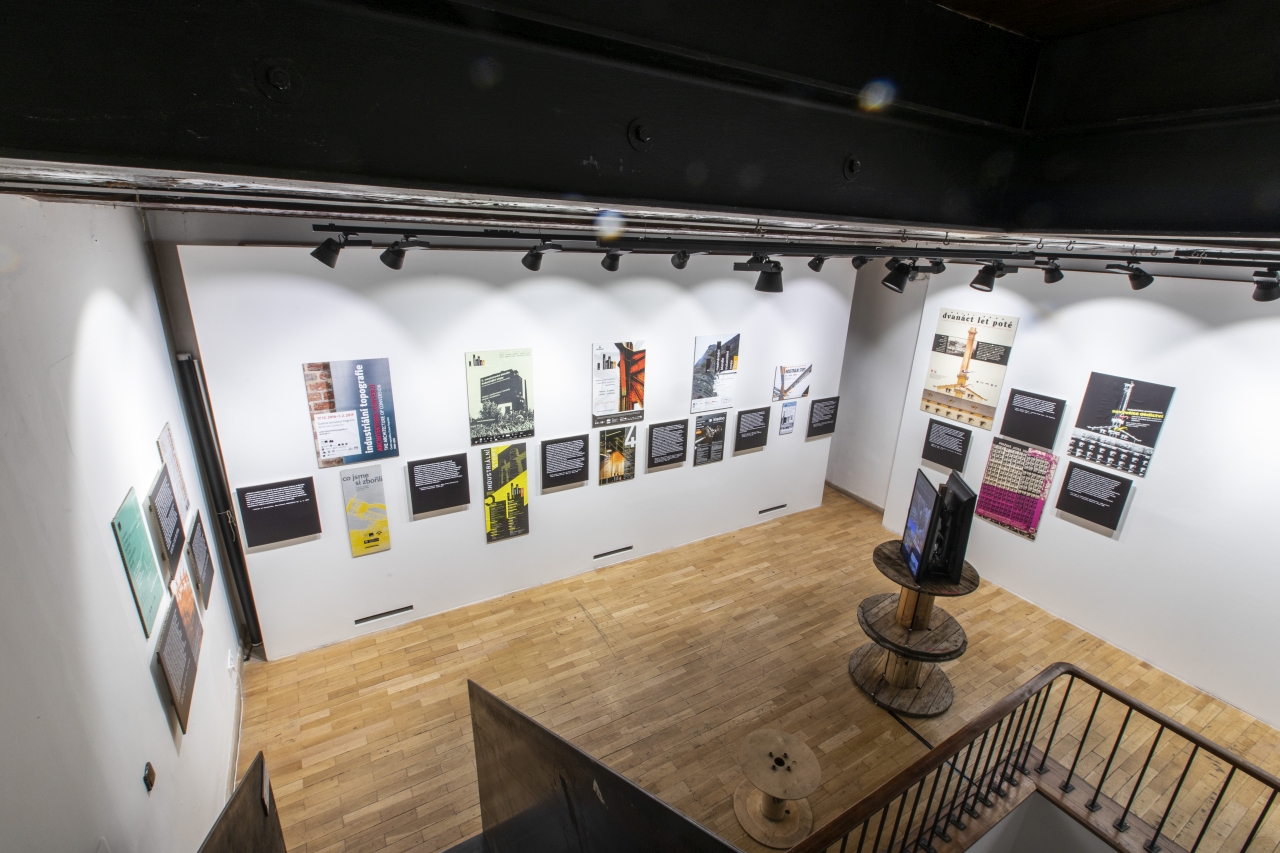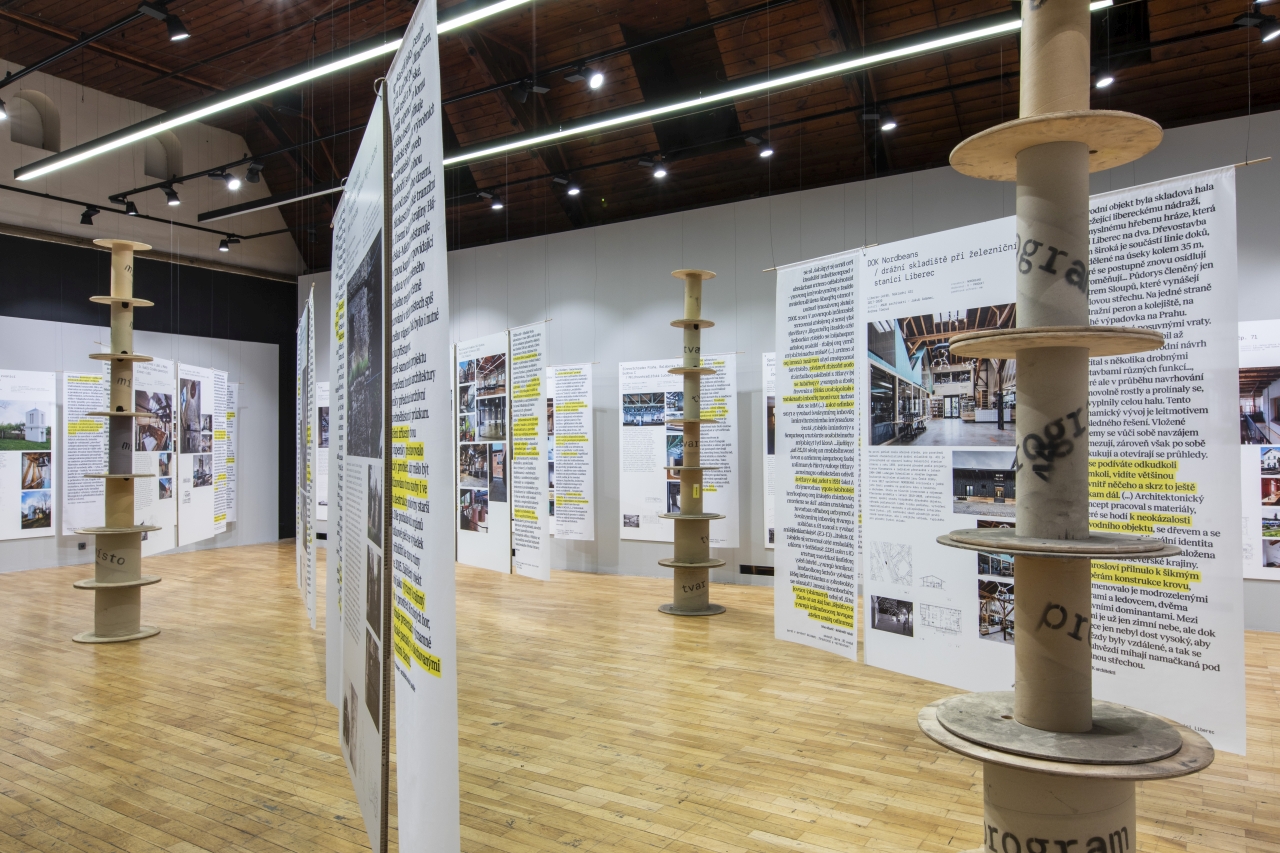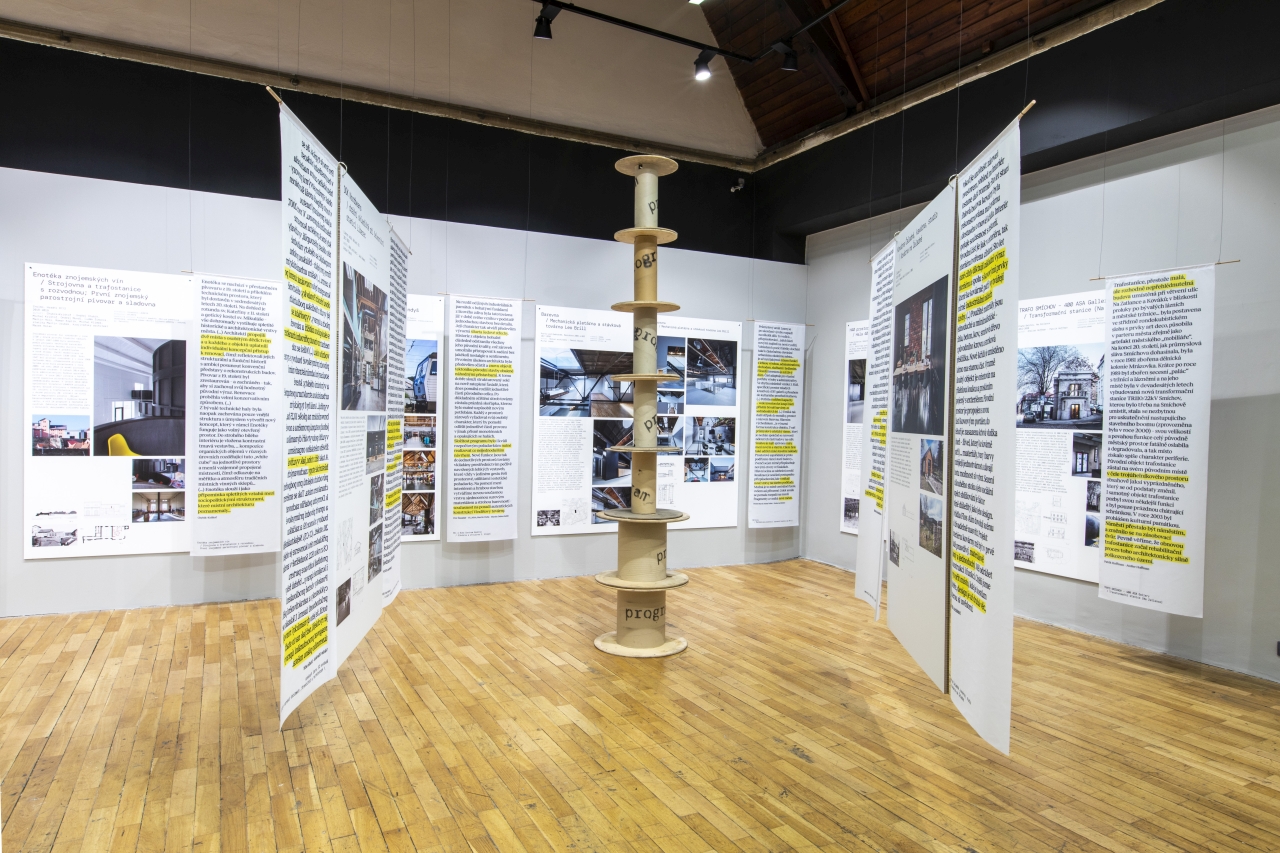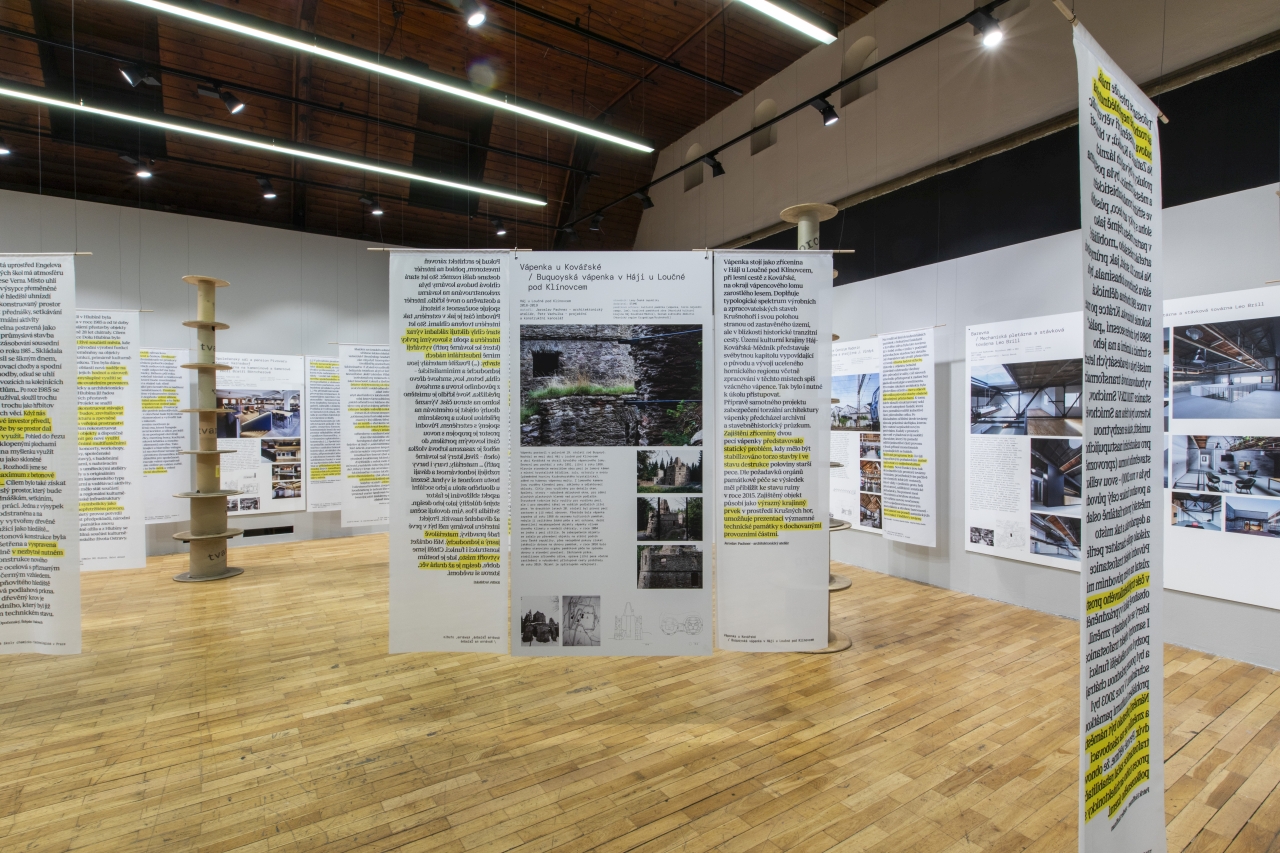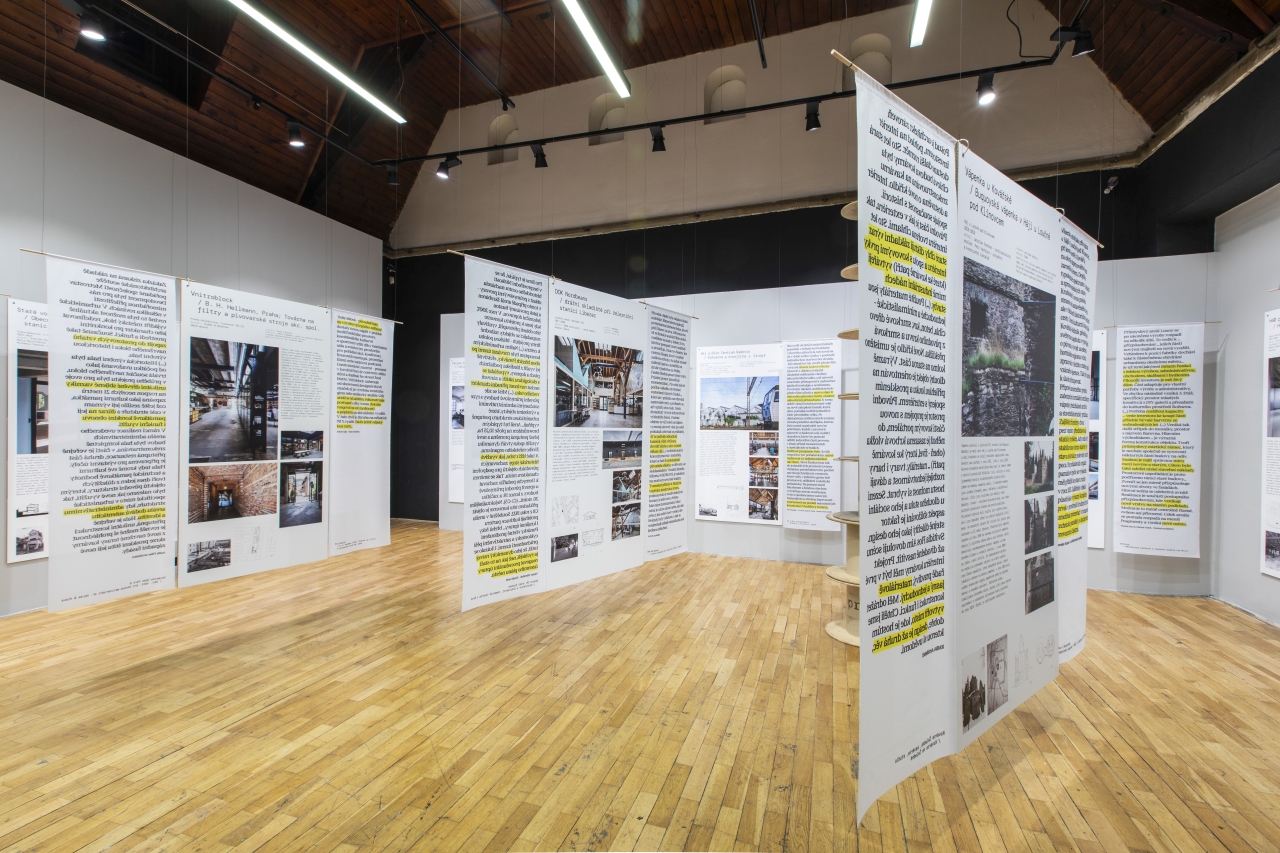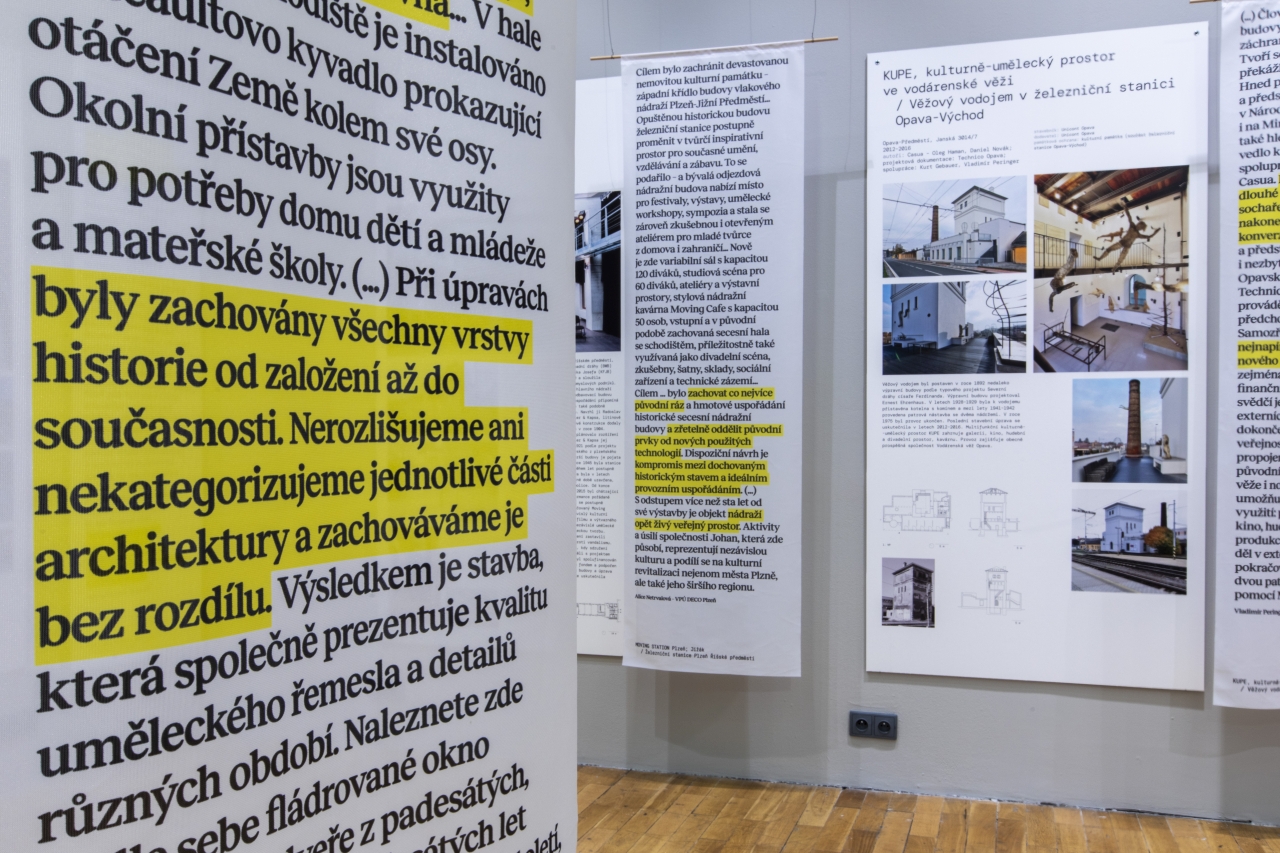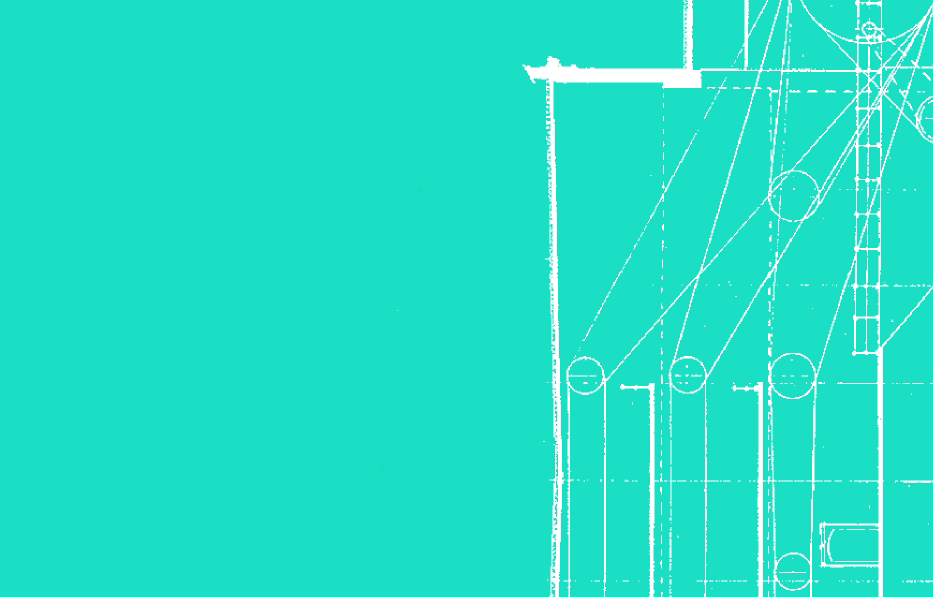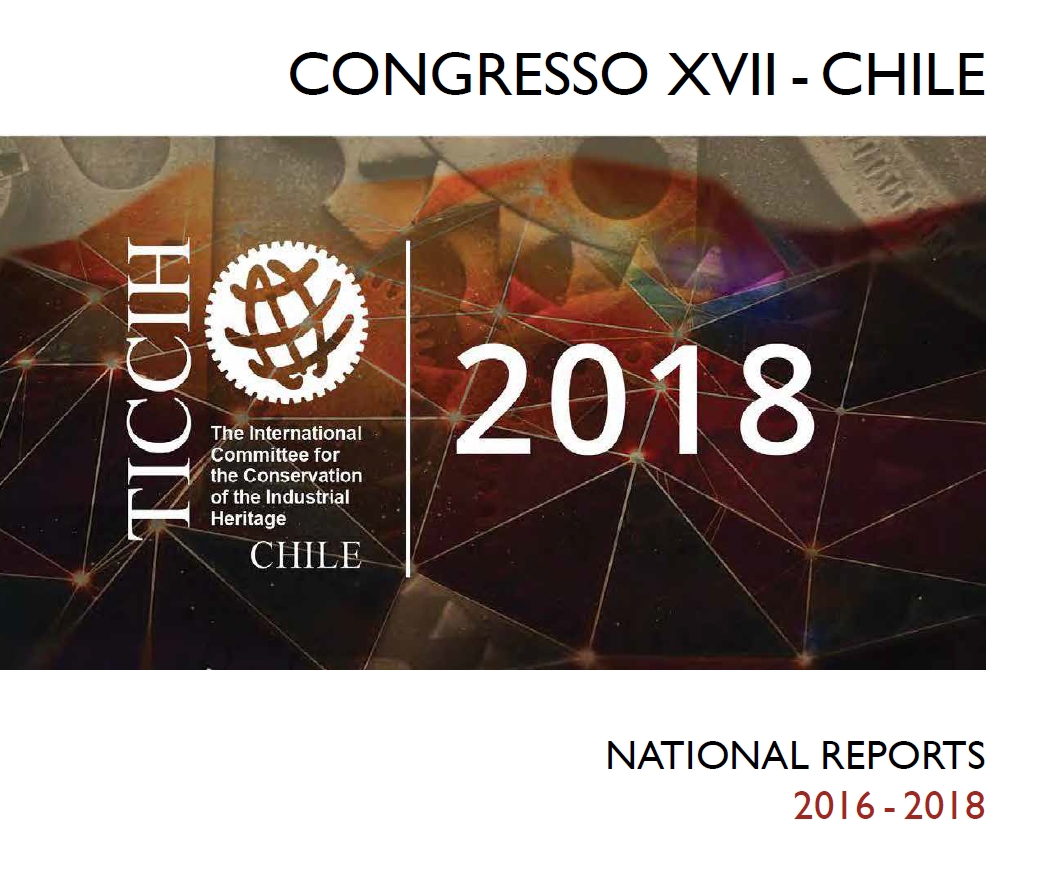Industrial Architecture in the Second Half of the 20th Century: Extension, Transformation, and Identity.
The Research Centre for Industrial Heritage of the Faculty of Architecture of the Czech Technical University started on 1 March 2023 work on a five-year project supported under the National and Cultural Identity (NAKI II) research and development programme of the Ministry of Culture of the Czech Republic (DH23P03OVV016).
The general objective of this project is to enhance a specific national and cultural identity by understanding, interpreting, and highlighting the cultural significance and possibilities for the sustainable preservation of what is currently one of the most at risk categories of built heritage from the second half of the 20th century, a category of structures that are still overlooked and undervalued among the broad spectrum of topics in industrial heritage.
The concept of industrial heritage needs to be expanded beyond its (traditional) perception, understanding, and analysis. The specific aim of this project is therefore to shift knowledge in two thematic and methodological lines. First, it expands the temporal understanding by focusing on the cultural segment of industrial architecture that dates from the second half of the 20th century, a heritage that is at risk but unmapped and has to now been overlooked, and that has necessary contextual overlaps in both chronological directions – into the interwar period and into the transformational 1990s. A parallel line of inquiry will observe the accompanying social phenomena that in the observed period ushered in a need and a search for new interpretative approaches to industrial heritage and the emergence of systematic efforts to protect it.
The selected topic, its focus, and its planned practical applications and publication outcomes have been chosen in a way that will ensure that the results can be directly applied in the areas of work of professional and educational organisations, bodies of state administration and local government, private subjects, and research institutions and by the professional community and general public.
Investigators: Mgr. Jan Zikmund, Ph.D. (guarantor); PhDr. Benjamin Fragner; Mgr. Lukáš Beran, Ph.D.; Mgr. Jan Červinka; Mgr. Irena Lehkoživová, Ph.D.; Mgr. Jakub Potůček.
The project has a separate website at zavodyprumyslu.cz.

